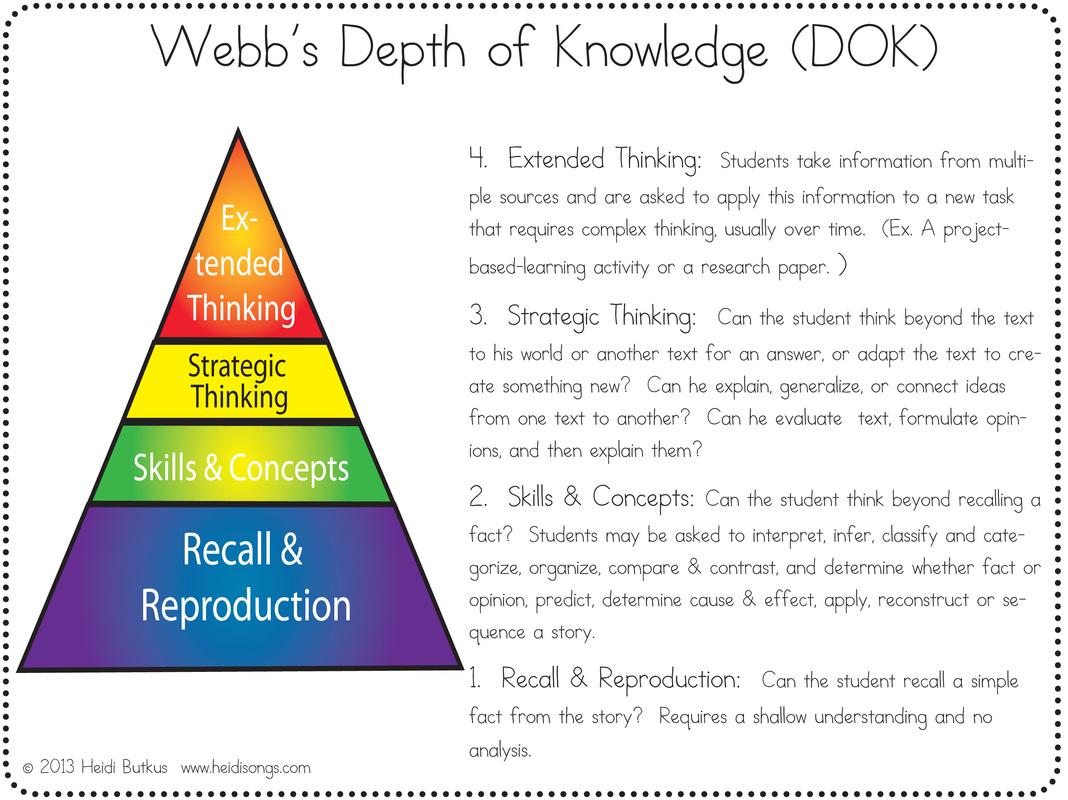

At this point, they should have already provided explanations that justify how the process releases/absorbs energy as it relates to the molecular or atomic level (explanations may include discussions about intermolecular forces, bonds, polarity, etc.). Objective #2: Students will be able to develop a model that accurately represents what is occurring at the molecule level as it relates to energy.Īctivity (Cont.): Students will be given a choice how they will proceed to illustrate their understanding of exothermic and endothermic processes.

Objective #1: Students will be able to design an investigation that would allow them to substantiate their explanations from the previous questions. Questions: Once at their favorite station, students will be asked to address the following:ġ.) What kinds of molecular interactions or forces are involved in making the system behave exothermically or endothermically?Ģ.) Provide an explanation as to how the attributes you mentioned in question #1 cause a system to require energy or release it. It is especially important that the students provide information in their explanations about the molecular or atomic level. The students will be expected to provide or develop an explanation that accounts for the energy exchange between the system and the surroundings. Once they have decided which demonstration they enjoyed most, they will be asked to consider why the process was exothermic or endothermic. Objective: Students will be able to explain why a given scenario exhibited exothermic or endothermic characteristics based on the molecular level.Īctivity (Continued from above): Students will be given an opportunity to select whichever demonstration they found most interesting or relevant. Questions: At each station students would have to answer these basic questions:ġ.) Is this process exothermic or endothermic?Ģ.) What did you observe that led you to identify this process as being either exothermic or endothermic?

The scenarios could include: hand warmers (the kind with activated charcoal and glucose in them), baking soda (sodium bicarbonate) and vinegar (acetic acid), cooking an egg, adding hydrochloric acid to water, boiling water, making ice cream, etc. This is a relatively simple task since they are only required to recall the definitions of exothermic and endothermic to properly identify the different scenarios. These different stations will provide students with an opportunity to evaluate the system they are observing and determine whether it is endothermic or exothermic. Objective: Students will be able to identify multiple scenarios as exhibiting either endothermic or exothermic processes.Īctivity Description: Around the room there will be 6-8 simple lab demonstrations of various phenomena that are common in our every day lives.


 0 kommentar(er)
0 kommentar(er)
